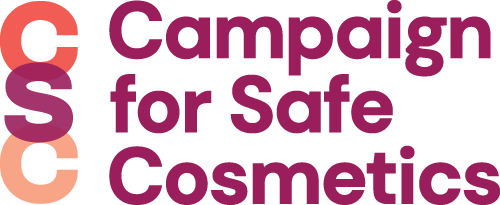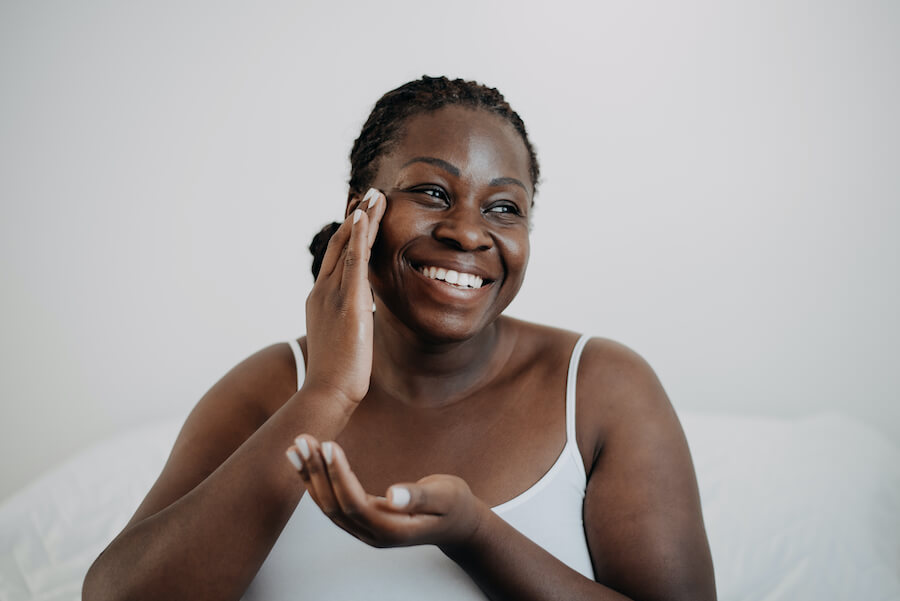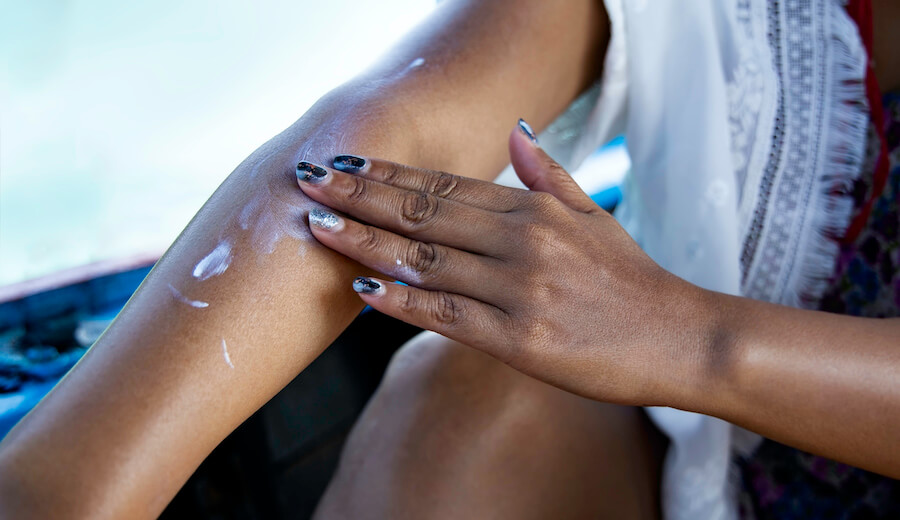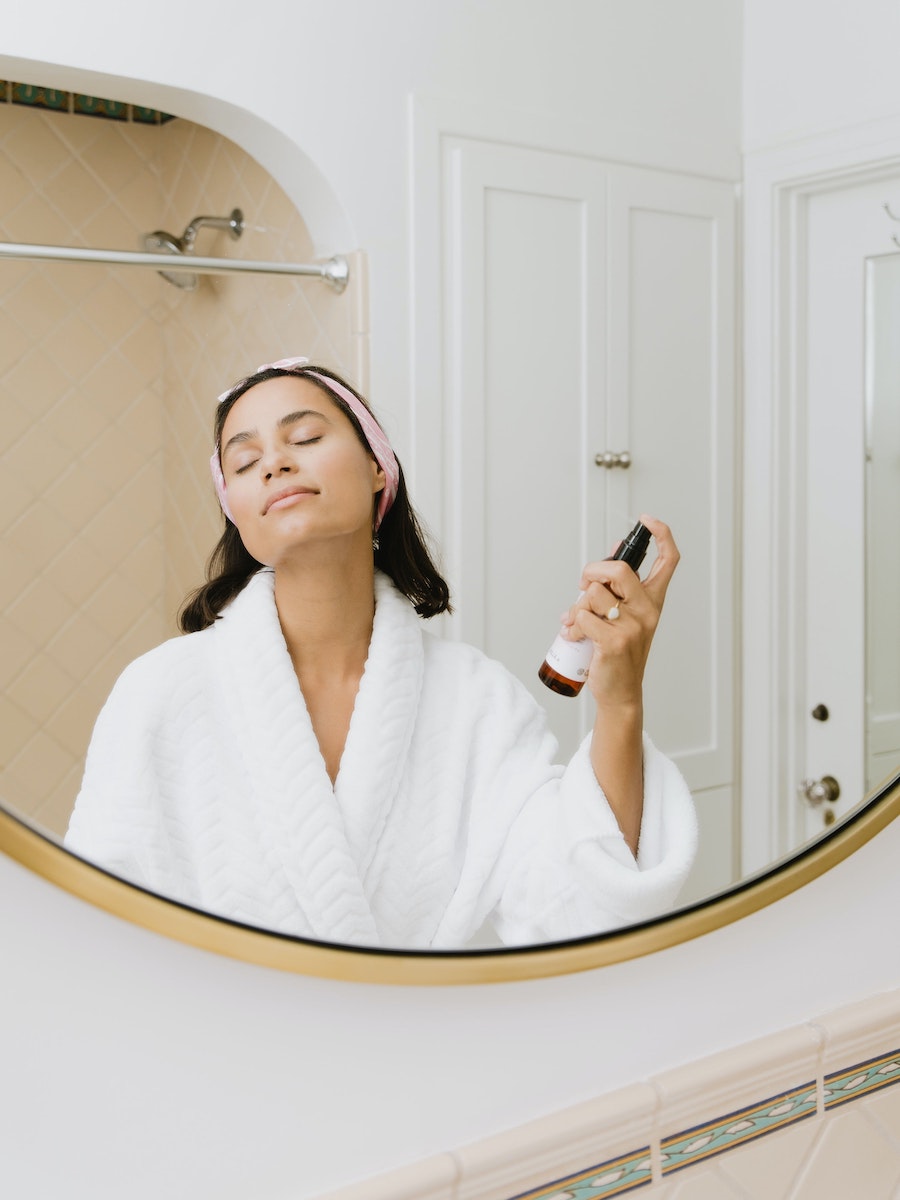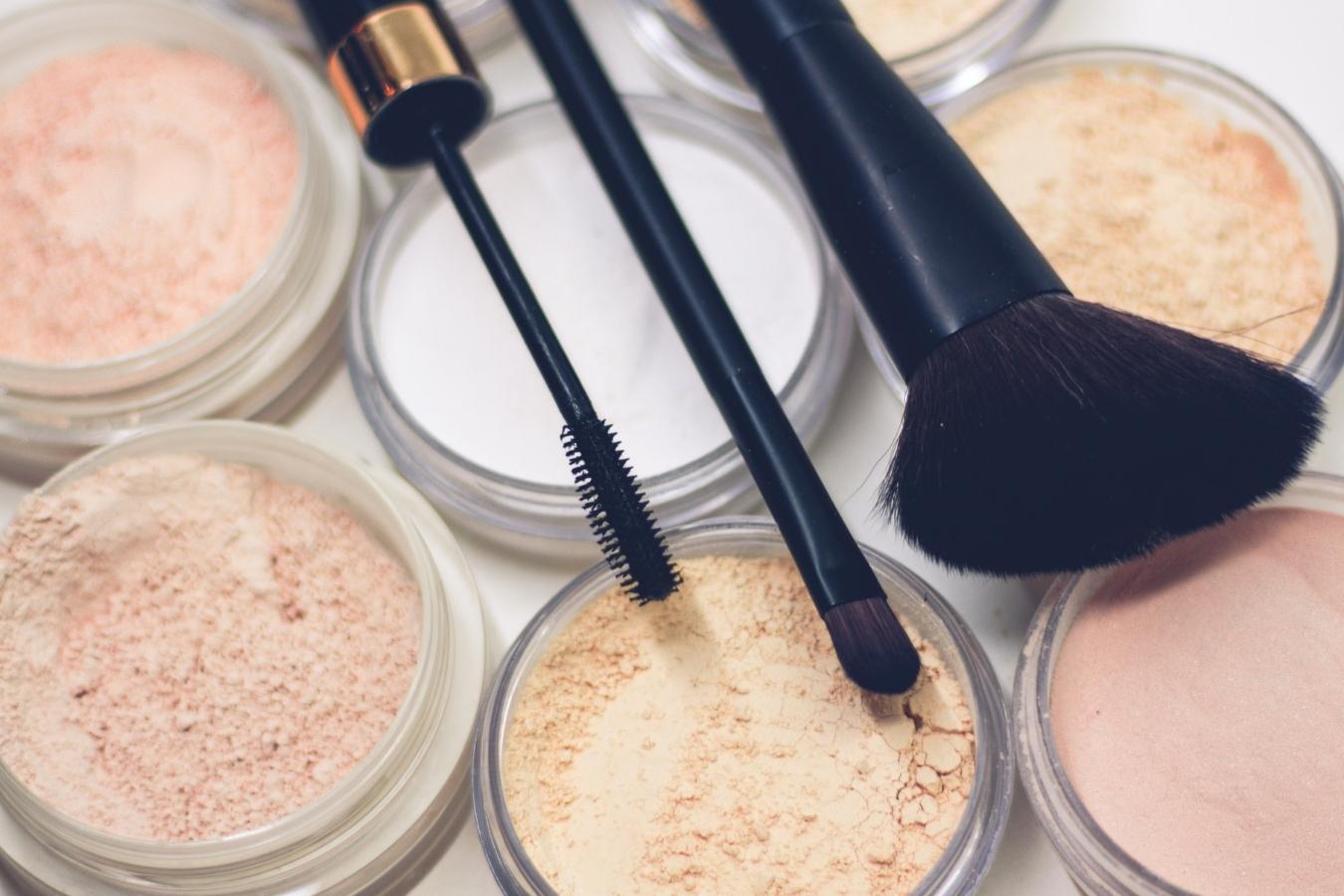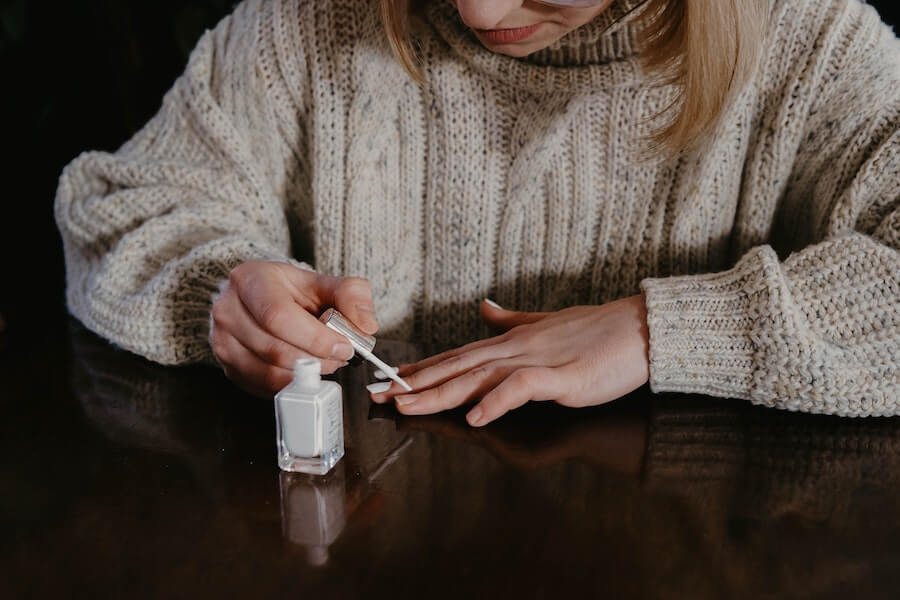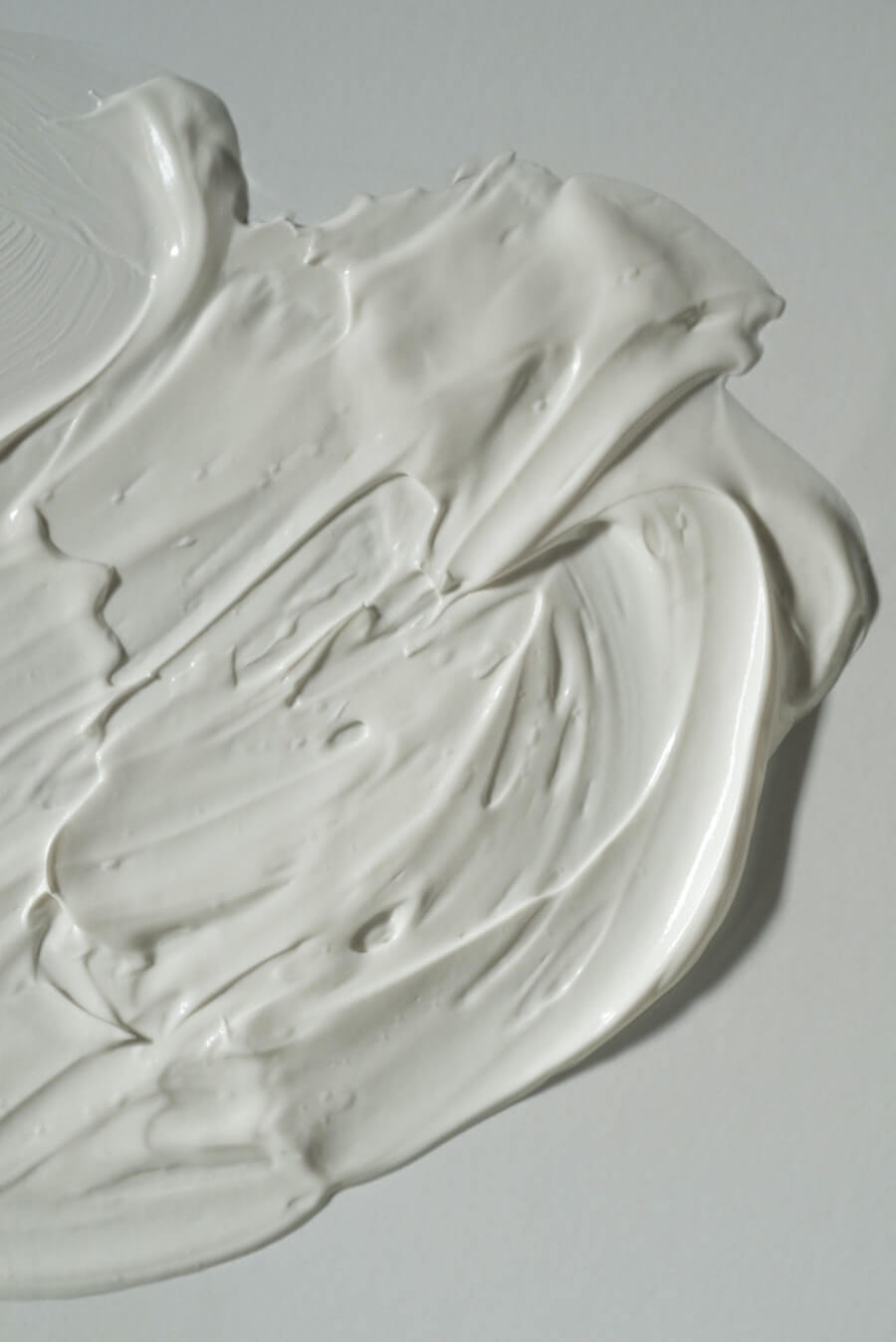[1] Library of Congress. Household Product Database. Available online: https://www.loc.gov/item/lcwaN0003801/. Accessed April 26, 2022.
[2] Belsito D, et al., A toxicological and dermatologic assessment of salicylates when used as fragrance ingredients. Food and Chemical Toxicology, vol. 45, no. 1, pp s318-s361, 2007.
[3] Krause M et al., Sunscreens: are they beneficial for health? An overview of endocrine disrupting properties of UV-filters. International Journal of Andrology, vol. 35, no. 3, pp 424-436, 2012.
[4] Salvador A, Gadea I, Chisvert A, Pascual-Marti M. Supercritical fluid extraction and high performance liquid chromatography determination of homosalate in lipsticks. Chromatographia, vol. 54, no.11/12, pp 795-797, 2001. Available online: http://link.springer.com/article/10.1007%2FBF02492501#page-1. Accessed April 26, 2022.
[5] Sambandan D, Ratner D. Sunscreens: an overview and update. Journal of the American Academy of Dermatology, vol. 64, no. 4, pp 748-758, 2011.
[6] International Agency for Research on Cancer. “Chemical and physical characteristics of sunscreen constituents,” IARC Handbooks of Cancer Prevention, vol. 5, pp 17-21, 2001. Available online: https://publications.iarc.fr/Book-And-Report-Series/Iarc-Handbooks-Of-Cancer-Prevention. Accessed April 26, 2022.
[7] Miyamura Y, et al. The deceptive nature of UVA-tanning versus the modest protective effects of UVB-tanning on human skin. Pigment Cell Melanoma Res, vol. 24, no. 1, pp 136-137, 2011.
[8] Schreurs R, Lanser P, Seinen W, van der Burg R. Estrogenic activity of UV filters determined by an in vitro reporter gene assay and an in vivo transgenic zebrafish assay. Archives of Toxicology, vol. 76, no. 5-6, pp 257-261, 2002.
[9] Kunz P, Fent K. Mulptiple hormonal activities of UV filters and comparison of in vivo and in vitro estrogenic activity of ethyl-4-aminobenzoate in fish. Aquatic Toxicology, vol. 79, pp 305-324, 2006.
[10] Jiménez-Díaz I, et al. Simultaneous determination of the UV-filters benzyl salicylate, phenyl salicylate, octyl salicylate, homosalate, 3-(4-methylbenzylidene) camphor and 3-benzylidene camphor in human placental tissue by LC-MS/MS. Assessment of their in vitro endocrine activity. Journal of Chromatography B, vol. 936, pp 80-87, 2013.
[11] Jiménez-Díaz I, et al. Simultaneous determination of the UV-filters benzyl salicylate, phenyl salicylate, octyl salicylate, homosalate, 3-(4-methylbenzylidene) camphor and 3-benzylidene camphor in human placental tissue by LC-MS/MS. Assessment of their in vitro endocrine activity. Journal of Chromatography B, vol. 936, pp 80-87, 2013.
[12] Ma R, Cotton B, Lichtensteiger W, Schlumpf M. UV filters with antagonistic action at androgen receptor in the MDA-kb2 cell transcriptional-activation assay. Toxicological Sciences, vol. 74, pp 43-50, 2003.
[13] Krause M et al., Sunscreens: are they beneficial for health? An overview of endocrine disrupting properties of UV-filters. International Journal of Andrology, vol. 35, no. 3, pp 424-436, 2012.
[14] Kunz P, Fent K. Mulptiple hormonal activities of UV filters and comparison of in vivo and in vitro estrogenic activity of ethyl-4-aminobenzoate in fish. Aquatic Toxicology, vol. 79, pp 305-324, 2006.
[15] Krause M et al., Sunscreens: are they beneficial for health? An overview of endocrine disrupting properties of UV-filters. International Journal of Andrology, vol. 35, no. 3, pp 424-436, 2012.
[16] Schreurs R, Sonneveld E, Jansen J, Seinen W, Burg B. Interaction of polycyclic musks and UV filters with the estrogen receptor (ER), androgen receptor (AR), and progesterone receptor (PR) in reporter gene bioassays. Toxicological Sciences, vol. 83, pp 264-272, 2005.
[17] Schlumpf M, et al. Exposure patterns of UV filters, fragrances, parabens, phthalates, organochlor pesticides, PBDEs, and PCBs in human milk: correlation of UV filters with use cosmetics. Chemosphere, vol. 81, pp 1171-1183, 2010.
[18] Jiménez-Díaz I, et al. Simultaneous determination of the UV-filters benzyl salicylate, phenyl salicylate, octyl salicylate, homosalate, 3-(4-methylbenzylidene) camphor and 3-benzylidene camphor in human placental tissue by LC-MS/MS. Assessment of their in vitro endocrine activity. Journal of Chromatography B, vol. 936, pp 80-87, 2013.
[19] Schlumpf M, et al. Exposure patterns of UV filters, fragrances, parabens, phthalates, organochlor pesticides, PBDEs, and PCBs in human milk: correlation of UV filters with use cosmetics. Chemosphere, vol. 81, pp 1171-1183, 2010.
[20] Chatelain E, Gabard B, Surber C. Skin penetration and sun protection factor of five UV filters: effect of the skin. Skin Pharmacology and Applied Skin Physiology, vol. 16, no. 1, pp 28-35, 2003.
[21] Sarveiya V, Risk S, Benson H. Liquid chromatographic assay for common sunscreen agents: application to in vivo assessment of skin penetration and systemic absorption in human volunteers. Journal of Chromatography, vol. 803, no. 2, pp 225-231, 2004.
[22] Kim T, et al. Percutaneous absorption, disposition, and exposure assessment of homosalate, a UV filtering agent in rats. Journal of Toxicology and Environmental Health, Part A, vol. 77, no.4, pp 202-213, 2014.
[23] Brand R, Pike J, Wilson R, Charron A. Sunscreens containing physical UV blockers can increase transdermal absorption of pesticides. Toxicology and Industrial Health, vol. 19, pp 9-16, 2003.
[24] Pont A, Charron A, Brand R. Active ingredients in sunscreens act as topical penetration enhancers for the herbicide 2,4-dichlorophenoxyacetic acid. Toxicology and Applied Pharmacology, vol. 195, pp 348-354, 2004.
